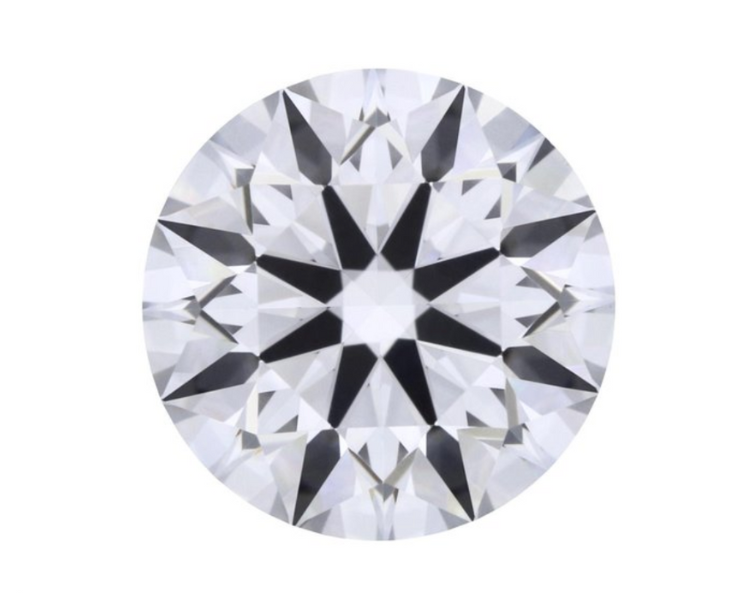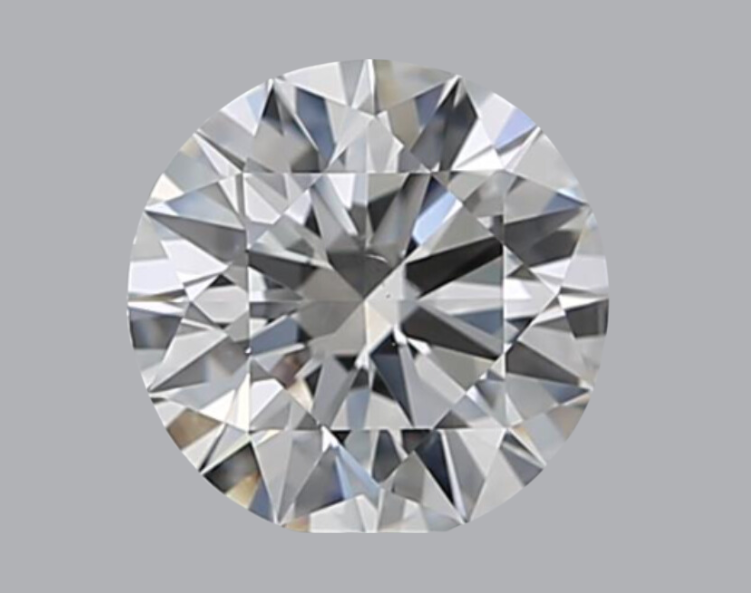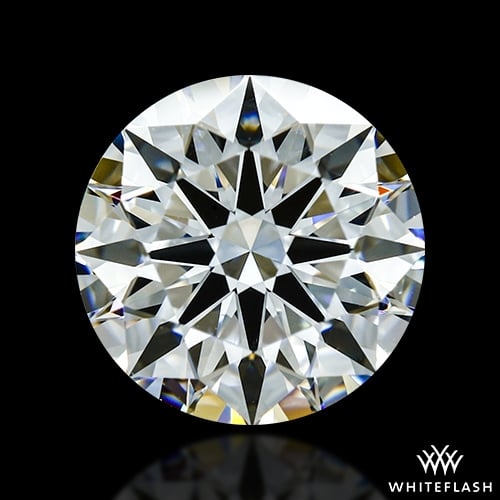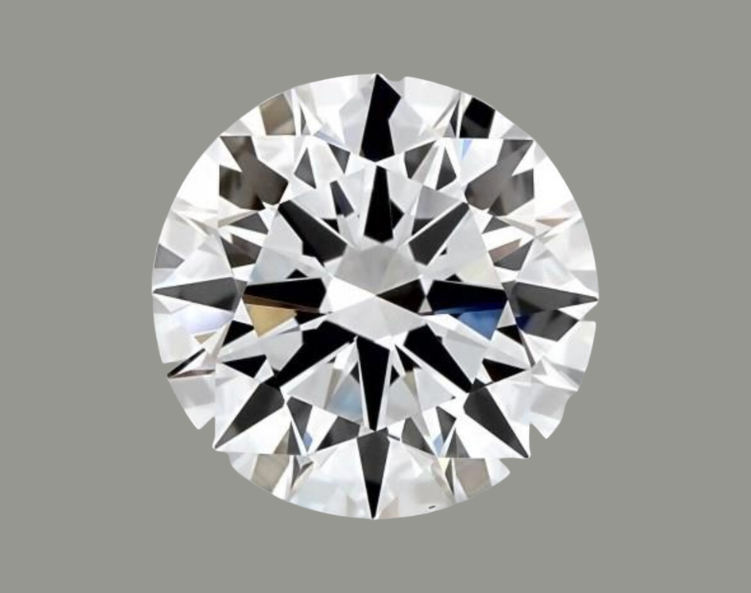In a world where science often walks hand in hand with nature, one of the most mesmerizing outcomes of this symbiosis is the creation of diamonds. Diamonds, symbols of undying love, opulence, and beauty, are now no longer a luxury solely bestowed by Mother Earth but also cultivated by the hands of mankind. This stunning breakthrough has given birth to an intriguing question: Lab-grown or natural, which diamond is the “real” deal?
As we delve into this glittering debate, we’ll explore the formation process, quality, cost, certification, appearance, and buying considerations of both lab-grown and earth-mined diamonds. So whether you’re a diamond connoisseur, a budding gemologist, or someone planning to buy that perfect stone, this comprehensive guide will help you understand what truly makes a diamond real, enabling you to make an informed decision. Let’s step into the world of sparkle and science!
What Makes A Diamond Real?
The sparkle of a diamond, whether natural or lab-grown, is nothing short of captivating. They hold a universal appeal – a timeless symbol of beauty, commitment, and wealth. But what exactly makes a diamond real? In its essence, a diamond is a transparent, crystalline form of pure carbon, manifesting itself as the hardest known natural substance. It is the arrangement of carbon atoms into a face-centered cubic crystal structure that confers the stone its mesmerizing allure and unmatched hardness. Regardless of whether it’s grown in a lab or mined from the earth’s crust, if it possesses these properties, it’s undeniably a real diamond.
Natural vs Lab-Grown Diamonds: Creation
Where the two differ lies in their origins. Natural diamonds are billions of years old, formed deep within the Earth under extreme pressure and high temperatures, then brought to the surface through volcanic activity. They are, in a sense, a testament to the immense geological forces at play within our planet.
On the other hand, lab-grown diamonds, also known as synthetic or man-made diamonds, are the products of modern scientific achievements. Using two primary methods – High Pressure, High Temperature (HPHT) and Chemical Vapor Deposition (CVD) – these diamonds are grown in controlled laboratory environments, replicating the conditions that produce natural diamonds. The process takes a few weeks to months, a speck of time compared to the formation of natural diamonds.
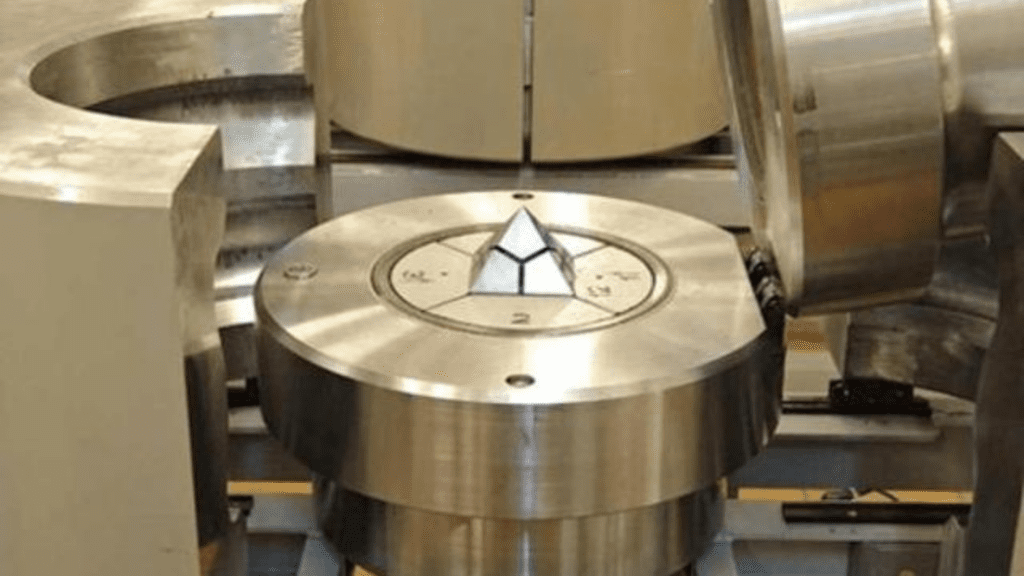
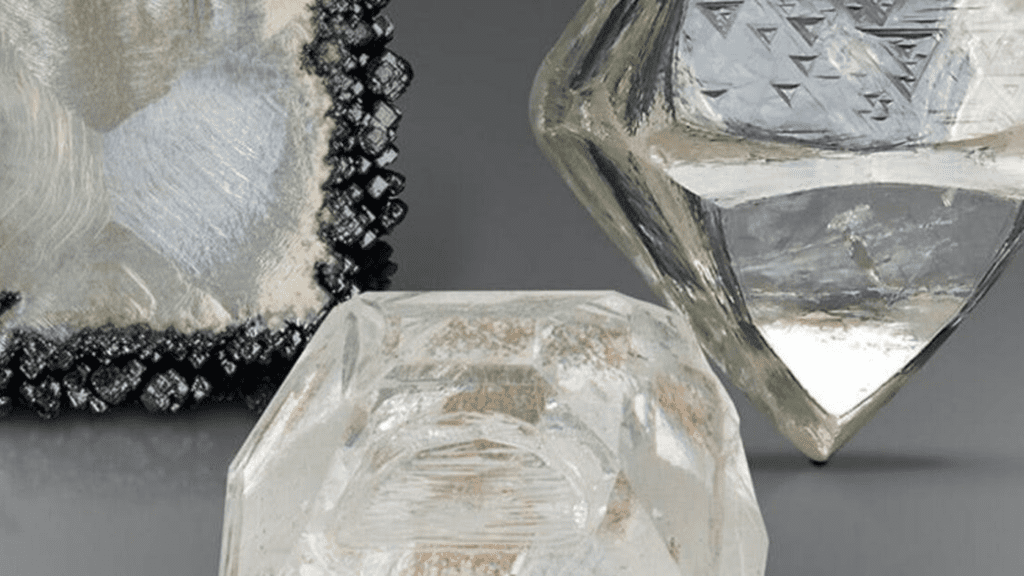
HPHT Lab-Created Diamonds
CVD Lab-Created Diamonds
Natural vs Lab-Grown Diamonds: 4Cs
The ‘4Cs’ of diamonds, which refer to cut, color, clarity, and carat weight, are standardized parameters to evaluate a diamond’s quality. For both lab-grown and earth-created diamonds, these characteristics are equally applicable.
Lab-grown diamonds can be carefully engineered to match the highest quality of natural diamonds in terms of the 4Cs. They can be identical in cut, offer exceptional clarity, be nearly colorless, and match or exceed the carat weight of many natural diamonds.
Educate Yourself Further: Not quite ready to make your diamond purchase just yet? That's okay! PriceScope is committed to educating its users. Check out our vast library of educational content to better understand diamonds and make a confident decision when you're ready.
Natural vs Lab-Grown Diamonds: Cost
Cost plays a crucial role when purchasing a diamond. Due to the immense resources and time required to mine and refine natural diamonds, they tend to be significantly pricier than their lab-grown counterparts. Due to their more efficient creation process, lab-grown diamonds can cost up to 30-40% less than a natural diamond of similar quality and size. Thus, for budget-conscious buyers, lab-created diamonds provide an affordable way to attain a high-quality gem.
Compare Diamond Prices: Looking to ensure you're getting the best deal for your diamond? PriceScope’s diamond price comparison tool lets you compare prices from our trusted vendors. Make an informed and financially smart decision today.
Natural vs Lab-Grown Diamonds: Certification
Whether natural or lab-created, all diamonds can be certified by renowned gemological institutions like the Gemological Institute of America (GIA) or the American Gem Society (AGS). These certifications ensure the diamond’s authenticity and provide an objective analysis of the 4Cs. It’s crucial to note that lab-grown diamonds are explicitly identified as such in their certifications.
Understanding Diamond Certification: Whether you're leaning towards a lab-grown or natural diamond, PriceScope offers detailed guides on diamond certifications from globally recognized institutions. Equip yourself with knowledge and confidence before you buy. Learn About Diamond Certification Here
Natural vs Lab-Grown Diamonds: Appearance
In terms of appearance, lab-grown and natural diamonds are virtually indistinguishable to the naked eye. Only trained gemologists using specialized equipment can reliably tell the difference. As such, for an average buyer, the choice between the two is more about personal preference and values than aesthetic considerations.
Natural Diamonds at PriceScope
Lab-Grown Diamonds at PriceScope
Natural vs Lab-Grown Diamonds: Buying Process
The buying process is another factor to consider. Due to their long supply chain, natural diamonds are often associated with several ethical concerns, including conflict diamonds and environmental damage. In contrast, lab-grown diamonds present a more ethical alternative, with significantly lower environmental impact and no connections to conflict or exploitative labor practices.
Looking to Buy Your Perfect Diamond? Now that you understand the differences between lab-grown and natural diamonds, why not start shopping? Whiteflash offer fantastic high-quality options for both lab and natural diamonds, along with James Allen, and Continental.
To conclude, both lab-grown and natural diamonds have their unique appeal. If you cherish the millennia-old journey of natural diamonds and don’t mind the higher price tag, a natural diamond could be your pick. Conversely, a lab-grown diamond may be a perfect choice if you value modern innovation, affordability, and ethical sourcing. Regardless of your choice, knowing you’re investing in a real diamond should leave you sparkling with joy.

